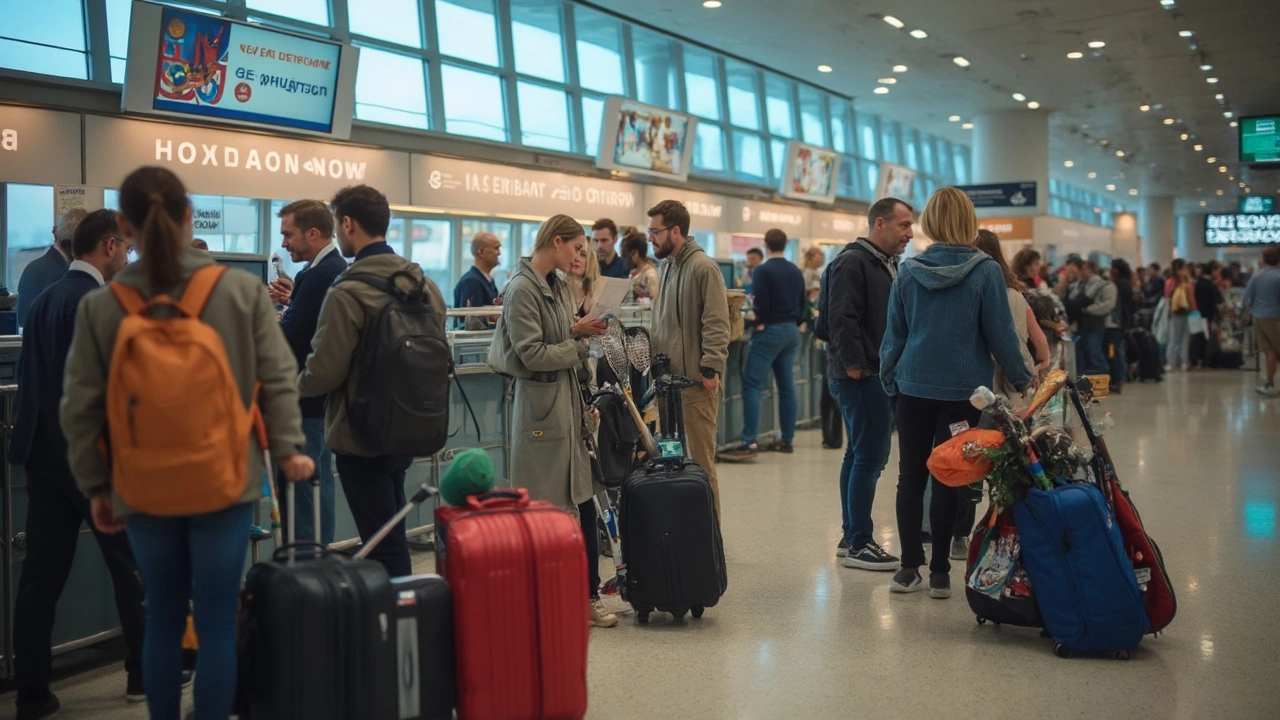
Airplane Travel Tips: Fly Smart and Stress‑Free
Ever felt like flying is more hassle than fun? You’re not alone. The good news is most problems can be avoided with a few simple habits. Below you’ll find the steps that make every stage of a flight feel easier, from the moment you start searching for tickets to the moment you walk out of the airport.
Before You Board: Planning and Packing
Start with the search. Use flexible dates and nearby airports – a day earlier or a different airport can shave off 20‑30% of the price. Sign up for price alerts and clear your browser cookies; airlines often show higher fares after multiple searches.
Once the ticket is booked, create a short checklist. Include passport, ID, any required visas, and a digital copy stored on your phone. Pack a small carry‑on with the essentials: a change of clothes, meds, a reusable water bottle, and a power bank. Keeping liquids under 100ml in a clear bag saves time at security.
Choosing a seat early gives you control. If you value legroom, look for exit rows or seats marked “extra pitch.” If you prefer a window for the view or to lean on, grab that spot ASAP – they fill up fast.
During the Flight: Stay Comfortable and Productive
When you board, store your bag in the overhead bin, but keep the under‑seat space free for your personal items. That way you can reach them without standing up. Slip a neck pillow and a light blanket in your bag – they make the difference on a 10‑hour flight.
Stay hydrated. The cabin air is dry, so drink water every hour. Avoid too much caffeine or alcohol, which can worsen dehydration. A few bites of protein‑rich snacks (nuts, cheese sticks) keep your energy steady and prevent the “hangry” feeling.
If you need to work or read, bring noise‑cancelling headphones. They drown out engine noise and improve focus. For short trips, a digital reading app saves weight compared to a physical book. Stretch every 30‑45 minutes – stand up, walk the aisle, or do ankle circles while seated.
Landing can feel rough if you’re not prepared. Keep your seat upright, place your feet firmly on the floor, and brace your hips against the seat. It reduces the jolt and protects your back.
After you exit, follow the signs to baggage claim or the airport exit. Having a clear plan for ground transport (train, shuttle, rideshare) saves confusion, especially in a new city. If you’re heading to a sports event, check the venue’s transport options ahead of time – many stadiums have dedicated shuttles from the airport.
These habits take just a few minutes to set up but pay off with less stress, lower cost, and a more enjoyable flight. Next time you book a ticket, give these tips a try and see how smooth airplane travel can actually be.
